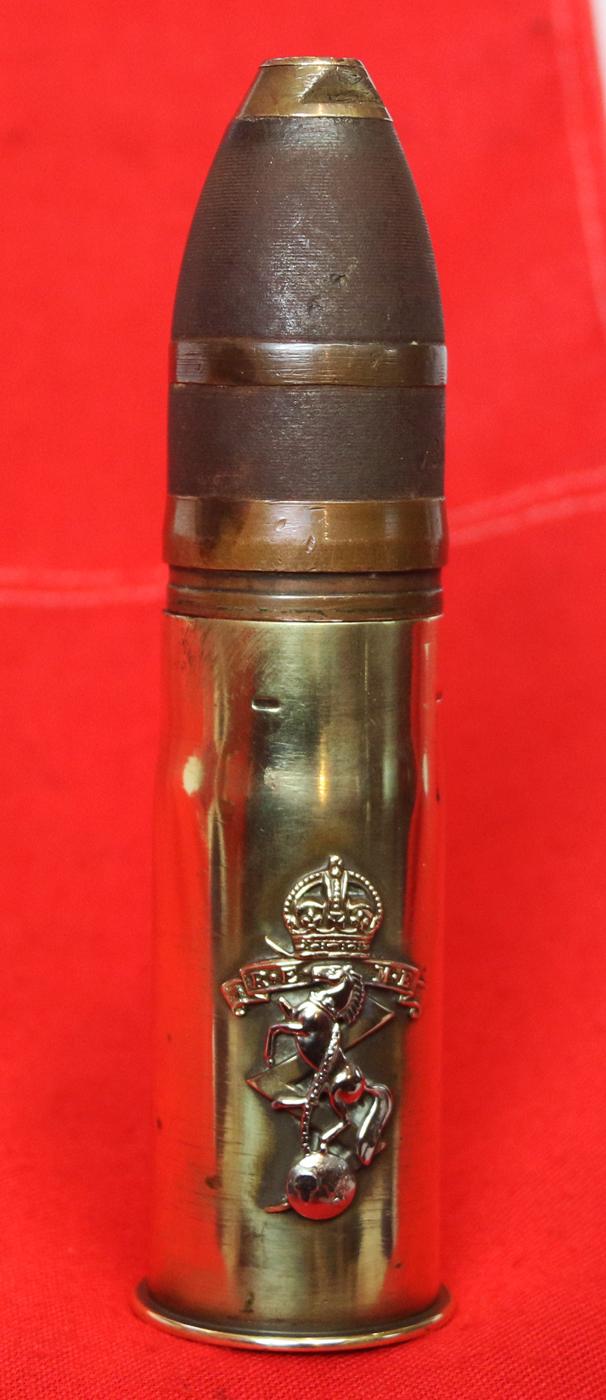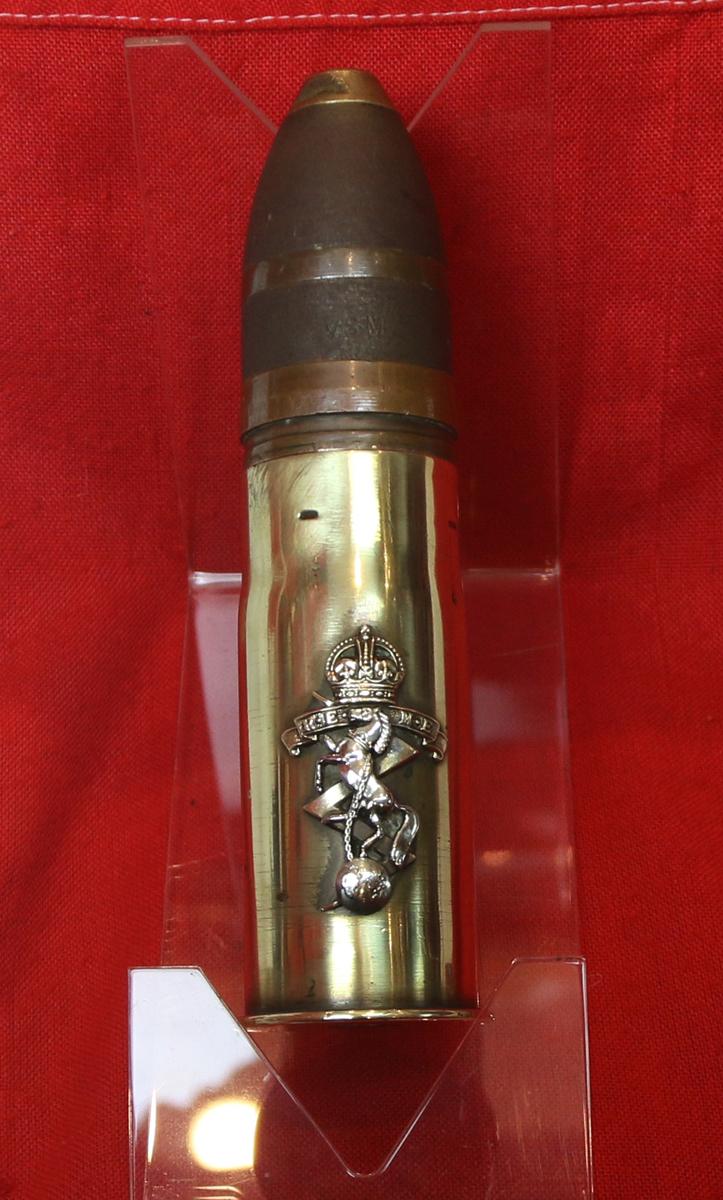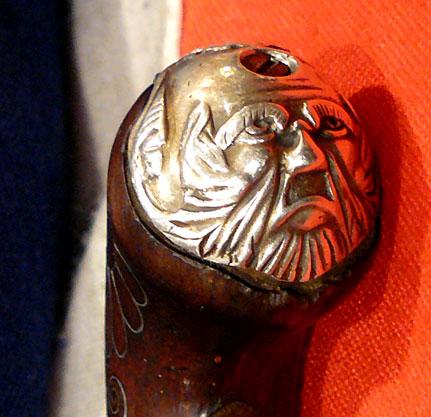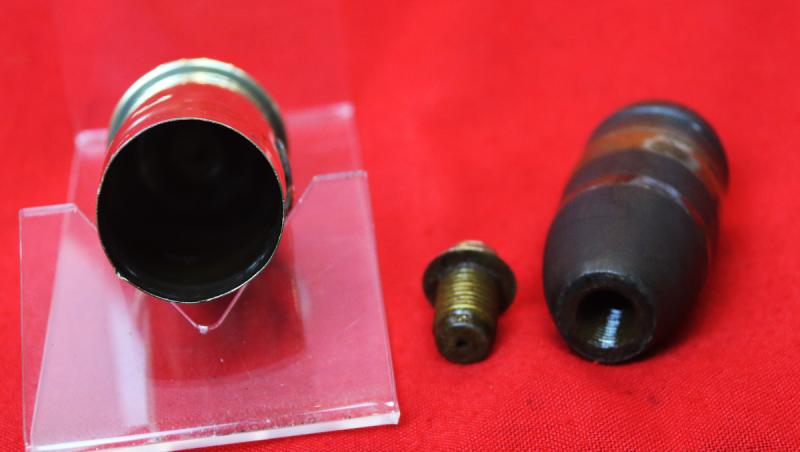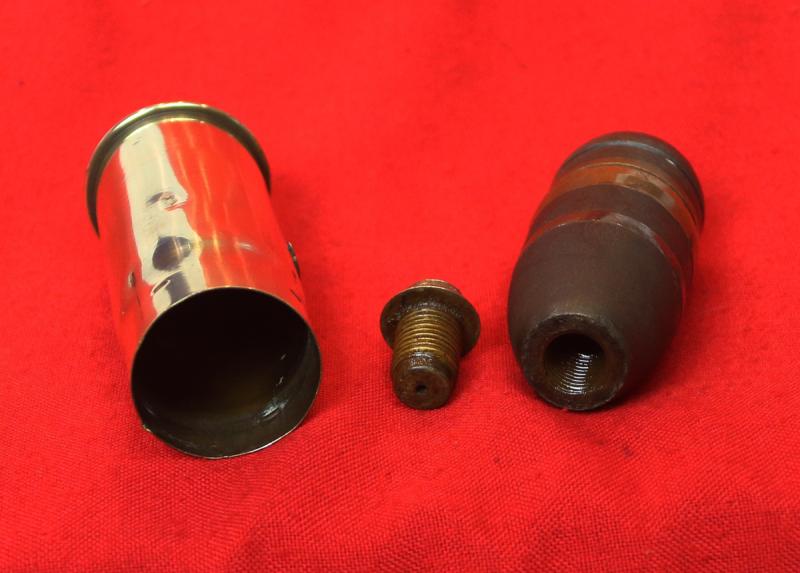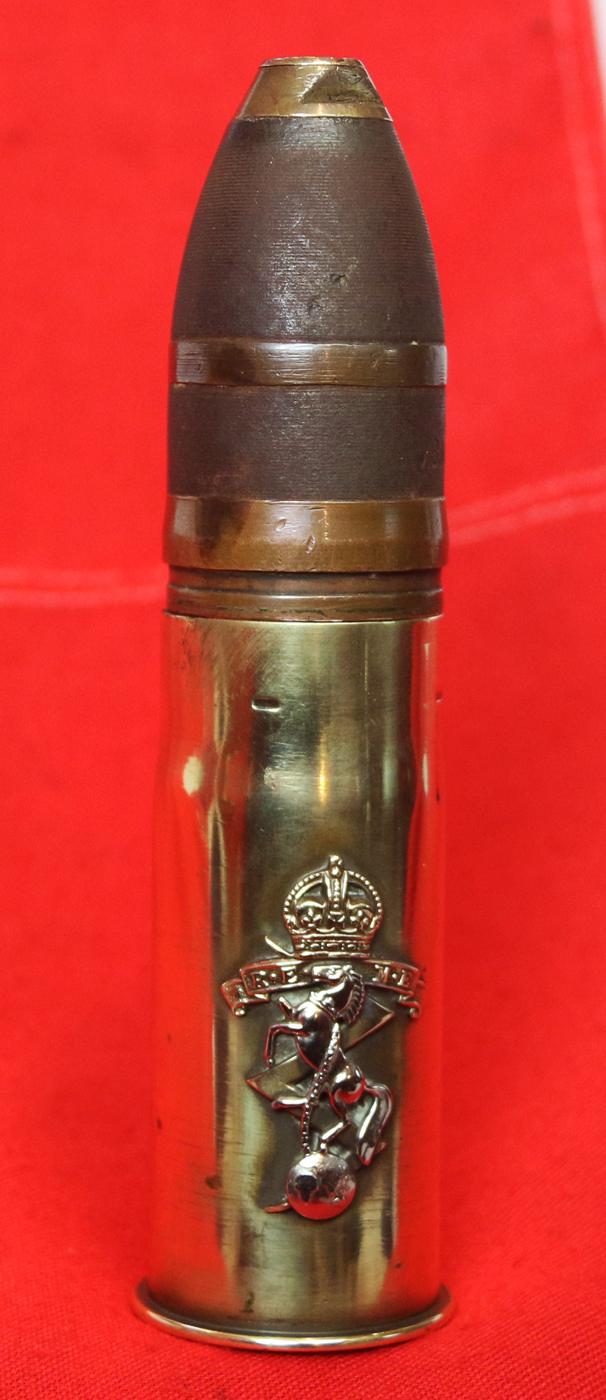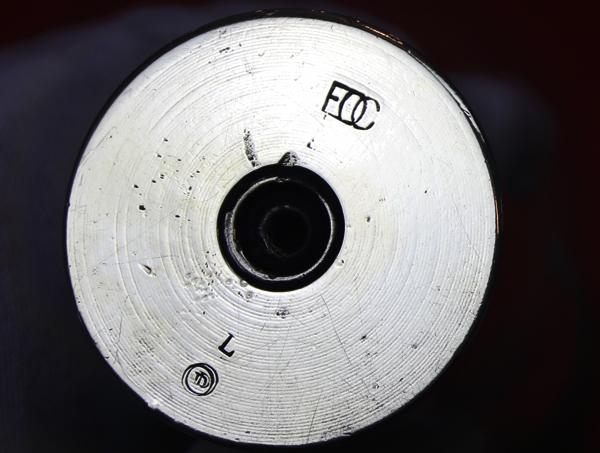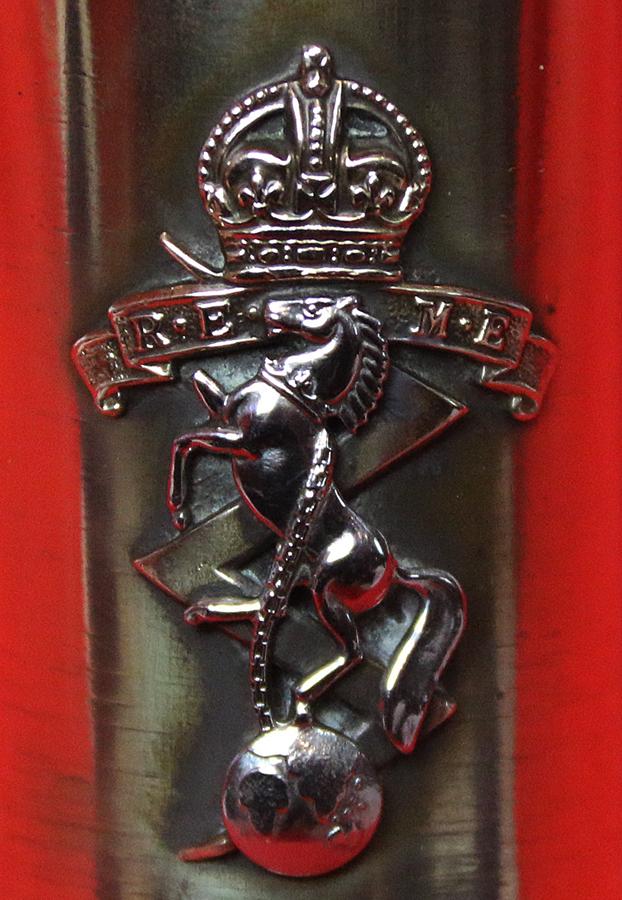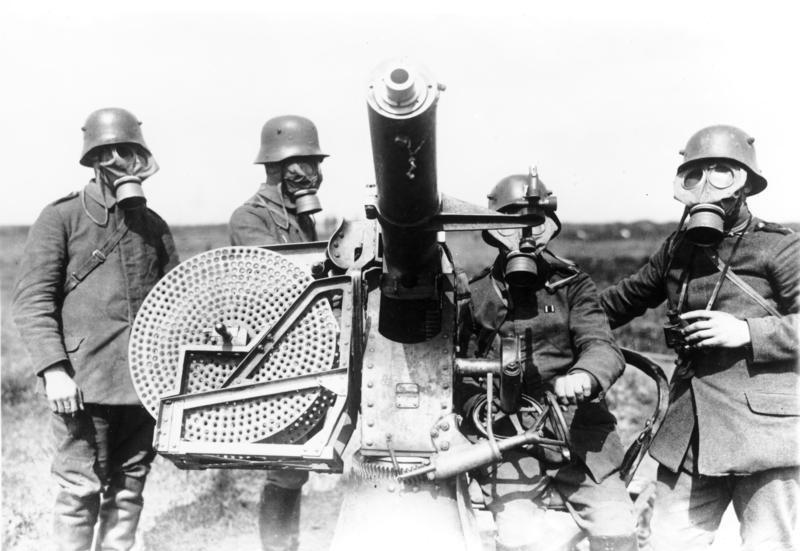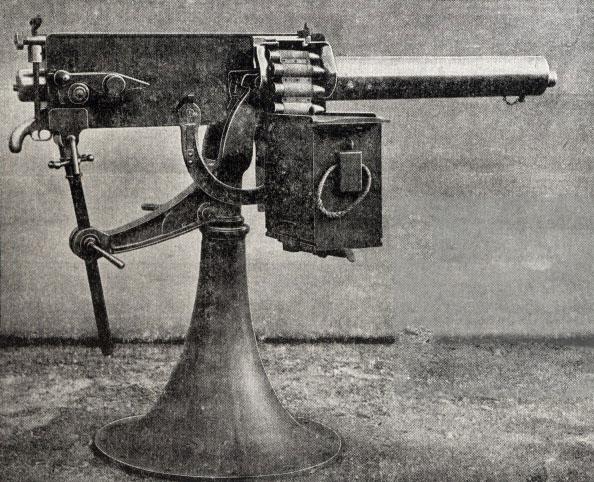A Superb Piece of WW1 Trench Art. A One Pounder British Shell. REME Regimentally Badged
A stunning 'Trench Art' German shell made by a soldier of the Royal Electrical and Mechanical Engineers corps, by adding his cap badge to the shell case. Beautifully stamped on the base with maker codes EOC for the Elswick Ordnance Company. With a Vickers Son and Maxim high explosive shell head, with impact fuze, stamped VSM
Used with the water-cooled, belt-fed Maxim-Nordenfeldt machine gun(among others, with variants produced as Vickers-Maxim and Hotchkiss-Maxim) was the smallest item of artillery used during that war and boasted a firing rate of 60 rounds per minute, utilising a belt of 25 one-pound shells, each shell covering a distance ranging up to 3,000 yards. In World War I, it was used as an early anti-aircraft gun in the home defence of Britain. It was adapted as the Mk I*** and Mk II on high-angle pedestal mountings and deployed along London docks and on rooftops on key buildings in London, others on mobile motor lorries at key towns in the East and Southeast of England. 25 were employed in August 1914, and 50 in February 1916. A Mk II gun (now in the Imperial War Museum, London) on a Naval pedestal mounting was the first to open fire in defence of London during the war. However, the small shell was insufficient to damage the German Zeppelin airships sufficiently to bring them down. The Ministry of Munitions noted in 1922: "The pom-poms were of very little value. There was no shrapnel available for them, and the shell provided for them would not burst on aeroplane fabric but fell back to earth as solid projectiles ? were of no use except at a much lower elevation than a Zeppelin attacking London was likely to keep"
Nevertheless, Lieutenant O.F.J. Hogg of No. 2 AA Section in III Corps was the first anti-aircraft gunner to shoot down an aircraft, with 75 rounds on 23 September 1914 in France.
The gun was experimentally mounted on aircraft as the lighter 1-pounder Mk III, the cancelled Vickers E.F.B.7 having been specifically designed to carry it in its nose.
Hiram Maxim originally designed the Pom-Pom in the late 1880s as an enlarged version of the Maxim machine gun. Its longer range necessitated exploding projectiles to judge range, which in turn dictated a shell weight of at least 400 grams (0.88 lb), as that was the lightest exploding shell allowed under the St. Petersburg Declaration of 1868 and reaffirmed in the Hague Convention of 1899. Dated 1905. Not suitable for export, empty inert and safe
Code: 25065
120.00 GBP

